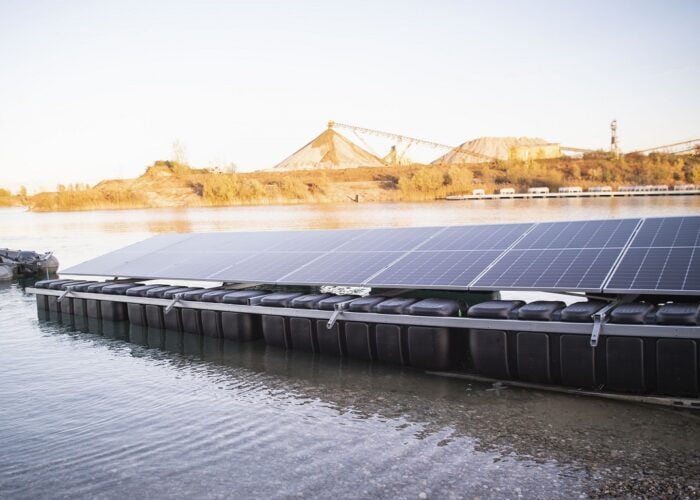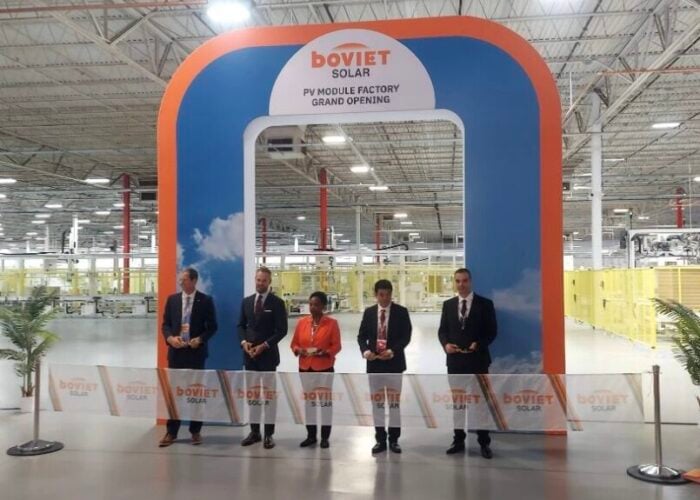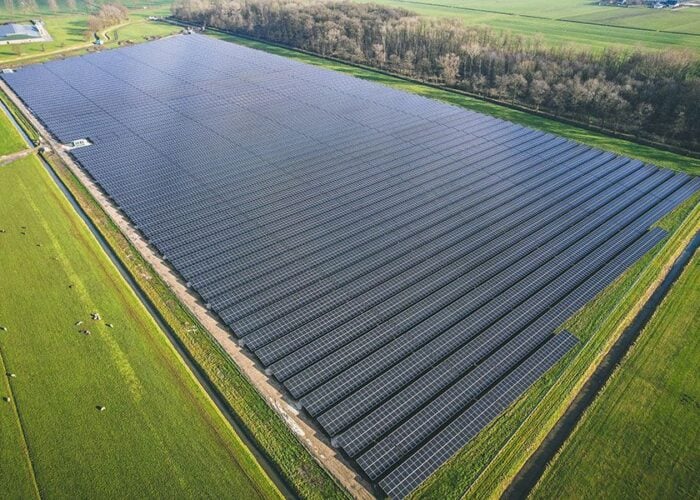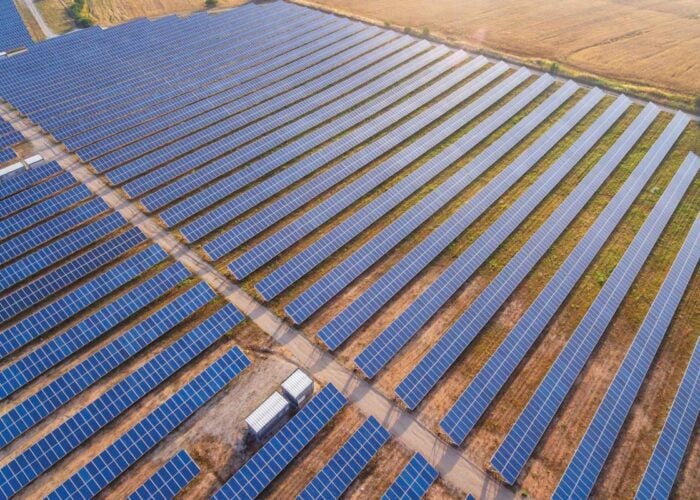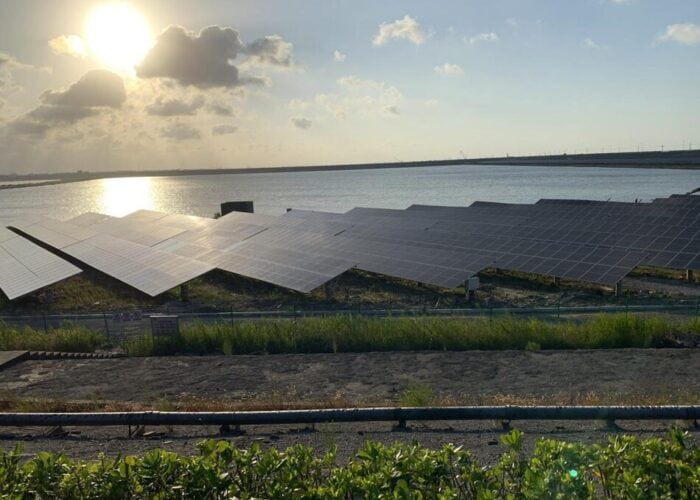Having worked with the Australian National University (ANU), the Solar Energy Research Institute of Singapore (SERIS) and PV Lighthouse, a three year plus (June, 2010) R&D program with Trina Solar to develop an n-type mono Interdigitated Back Contact (IBC) solar cell is set to be commercialised.
Trina Solar said that the Fraunhofer CalLab in Germany independently tested the lab-based solar cell, confirming it could deliver a conversion efficiency of 24.4%.
Unlock unlimited access for 12 whole months of distinctive global analysis
Photovoltaics International is now included.
- Regular insight and analysis of the industry’s biggest developments
- In-depth interviews with the industry’s leading figures
- Unlimited digital access to the PV Tech Power journal catalogue
- Unlimited digital access to the Photovoltaics International journal catalogue
- Access to more than 1,000 technical papers
- Discounts on Solar Media’s portfolio of events, in-person and virtual
Or continue reading this article for free
However, Trina Solar said that a commercial version of the IBC solar cell as well as an IBC PV module using (125mm x 125mm) mono-Si wafers/cells in a 72-cell format module (238W) had been independently tested by the National Center of Supervision and Inspection on Solar Photovoltaic Products Quality of China with cell conversion efficiencies above 22%. Though lab-based cells, Trina Solar said that a full commercial product offering would happen soon, without being specific.
Dr. Pierre Verlinden, Vice-President and Chief Scientist of Trina Solar said, “This marks a milestone in solar cell research with an improved IBC cell efficiency of 24.4%. This world-class efficiency demonstrates our commitment to leading innovation in PV technology. We remain committed to engaging in effective partnerships with the best PV research centers, which are fundamental to delivering R&D breakthroughs.”
“This is the highest efficiency independently confirmed for a conventional IBC solar cell to date,” said Professor Andrew Blakers, Director of the Centre for Sustainable Energy Systems at the ANU Research School of Engineering. “The results mean the laboratory cell technology can now be further developed for commercial solar cells. The work is expected to lead to commercial solar cells with improved efficiency, allowing more power to be generated from a given area of rooftop solar module.”
Roadmap details from Trina Solar back in 2011 suggest the latest IBC cell developments far exceed previous plans for mono-Si based cells.

